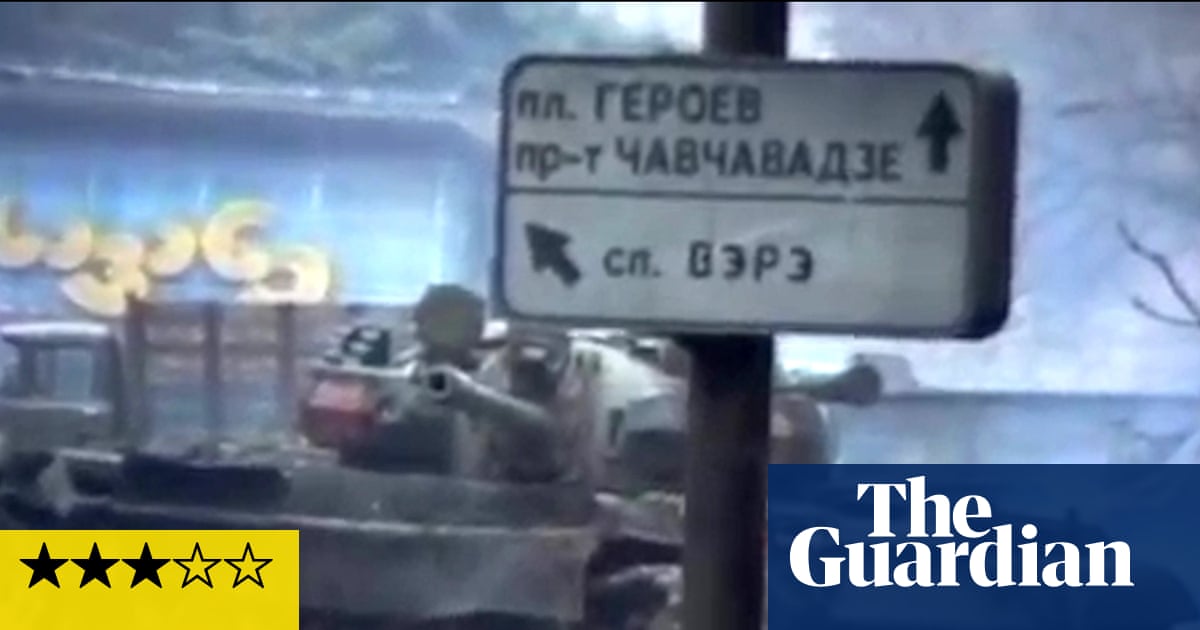
"Apart from reconstructing the chain of events through editing, the directors keep the found footage as it is, with no voiceover added, interviews, or digital manipulation. Their only visible intervention is to categorise the source of each video with small white text that reads Pro-Government Camera, KGB Camera, Pro-Opposition Camera and so on. These labels emphasise how records of history are rarely without bias."
"One particularly harrowing closeup shows a woman cowering by her window, her face distorted by fear. Most of the footage contains pixelated sequences, some are even watermarked with TV channel logos yet the horror is palpable. The lo-fi aesthetics of Limitation bristle with radical agitation, dismantling ideals about the pure, objective image and stressing the idea that, regardless of visual quality, all recorded footage is infected with hidden agendas and motives."
Limitation is assembled entirely from archival audiovisual material sourced online and preserves found footage without voiceover, interviews, or digital manipulation. Directors label each clip—Pro-Government Camera, KGB Camera, Pro-Opposition Camera—making partisan origins explicit. Archival sequences trace celebrations around Zviad Gamsakhurdia's swearing-in through escalating street battles, a 16-day siege of parliament, and a blood-soaked coup. Footage from both sides captures gunfire, tanks in civilian areas, and intimate scenes of fear. Pixelation and broadcast watermarks do not diminish the palpable horror. The film foregrounds lo-fi aesthetics to expose ideological contamination of images and the enduring trauma inflicted on ordinary people.
Read at www.theguardian.com
Unable to calculate read time
Collection
[
|
...
]